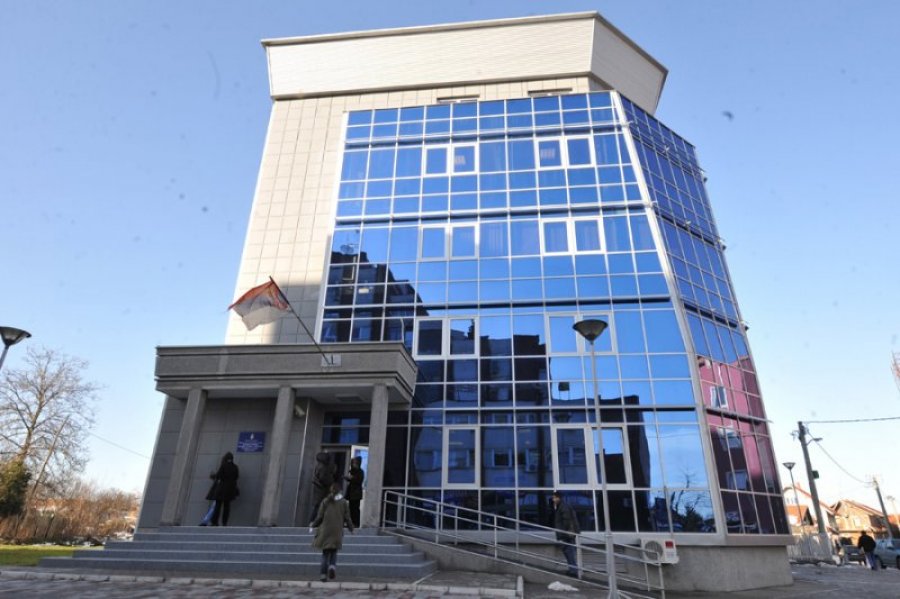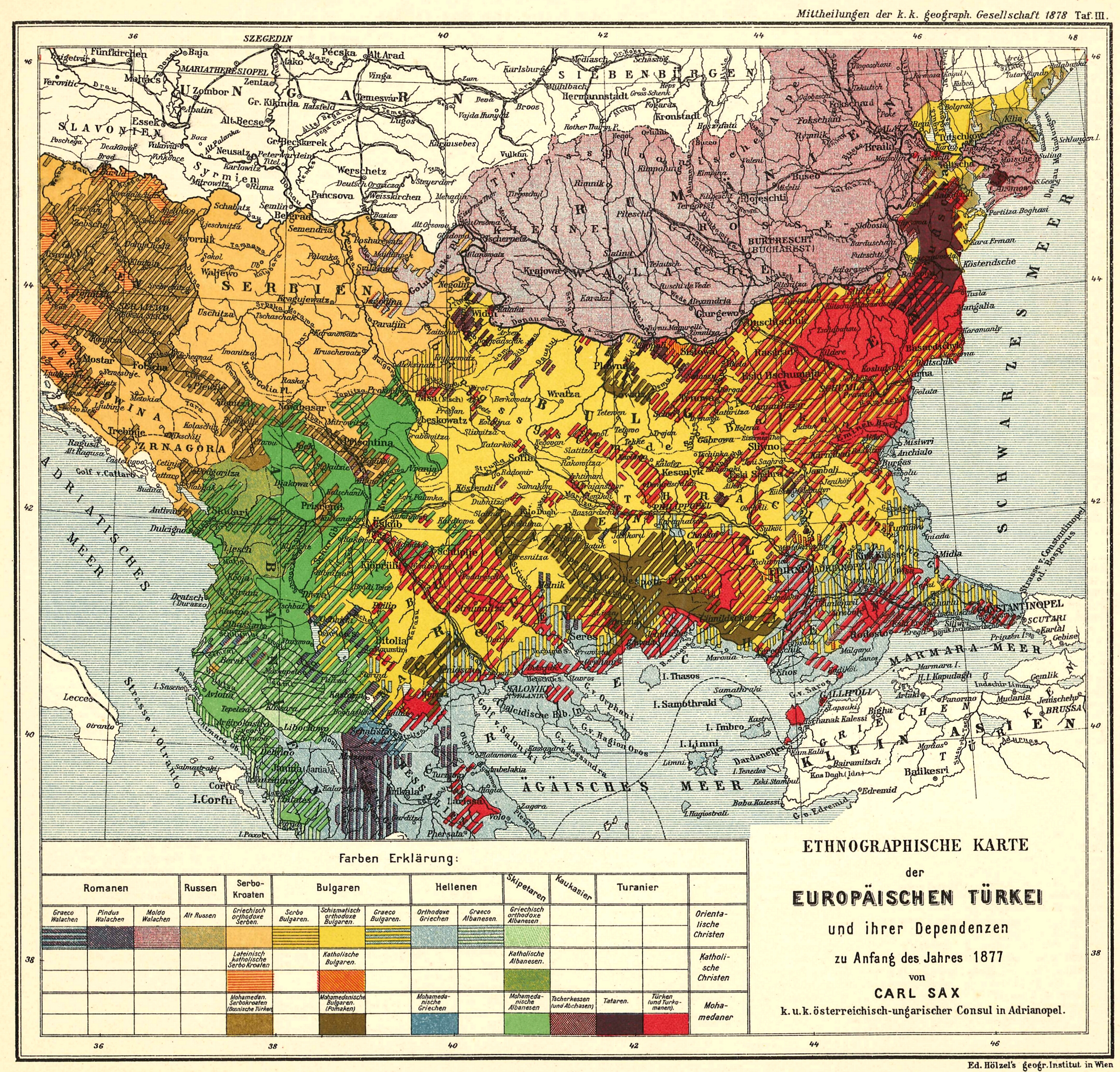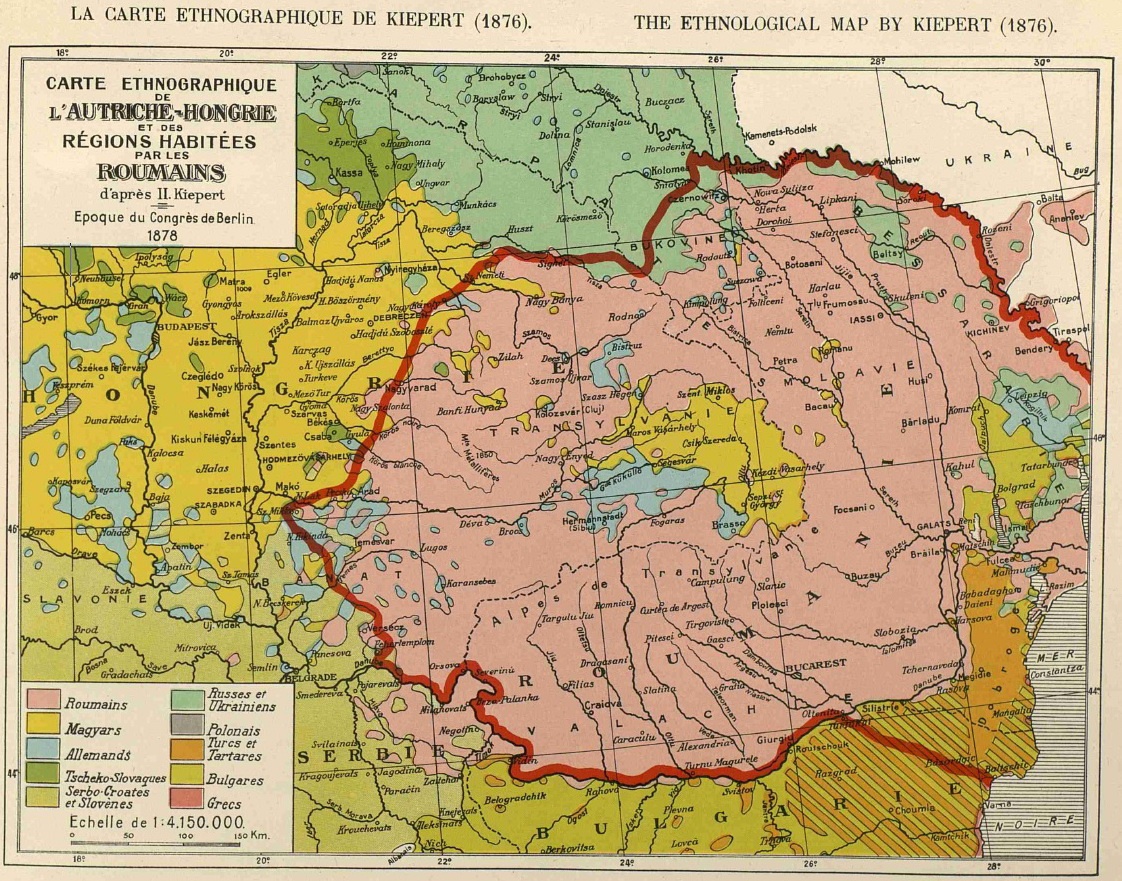|
Velika Plana
Velika Plana ( sr-Cyrl, Велика Плана, pronounced ) is a town and municipality located in the Podunavlje District of Serbia. As of 2011, the town has 16,088 inhabitants, while the municipality has 40,902. Velika Plana lies on the left bank of Velika Morava. Neighbourhoods The municipality of Velika Plana has 13 settlements. The town of Velika Plana is composed of three townships: Town Mains, Stari Odbor (the Old Downtown), and Bresje. Town Mains is further subdivided into the neighbourhoods of Centar, Bugarija, Đurakovac, Kod Železničke (railway station area), Gloža-Ciglana (brick factory area) where a tiny Morava river village has been reconstructed, and Magareća Glava ('Donkey Head'). There is also a satellite so-called weekend settlement () next to the Pokajnica monastery between Velika Plana, Staro Selo and Radovanje. Demographics As of the 2011 census, the municipality has 40,902 inhabitants. Ethnic groups The ethnic composition of the municipality: ... [...More Info...] [...Related Items...] OR: [Wikipedia] [Google] [Baidu] |
List Of Cities In Serbia
, plural: ) is elected through popular vote, elected by their citizens in local elections. Also, the presidents of the municipalities are often referred to as "mayors" in everyday usage. There are 29 cities (, singular: ), each having an assembly and budget of its own. As with a municipality, the territory of a city is composed of a city proper and surrounding villages (e.g. the territory of the City of Subotica is composed of the Subotica town and surrounding villages). The capital Belgrade is the only city on the level of Districts of Serbia, a district. All other cities are on the municipality level and are part of a district. ;City municipalities The city may or may not be divided into ''city municipalities''. Five cities (Belgrade, Niš, Požarevac, Vranje and Užice) comprise several city municipalities. Competences of cities and city municipalities are divided. The city municipalities of these six cities also have their assemblies and other prerogatives. The largest city mun ... [...More Info...] [...Related Items...] OR: [Wikipedia] [Google] [Baidu] |
Radovanje, Serbia
Radovanje ( sr-cyr, Радовање) is a village in the municipality of Velika Plana, Serbia. According to the 2002 census, the village has a population of 689 people.Popis stanovništva, domaćinstava i Stanova 2002. Knjiga 1: Nacionalna ili etnička pripadnost po naseljima. Republika Srbija, Republički zavod za statistiku Beograd 2003. Radovanjski Lug was the site of the assassination of Karađorđe Petrović Đorđe Petrović ( sr-Cyrl, Ђорђе Петровић, ), better known by the sobriquet Karađorđe ( sr-Cyrl, Карађорђе, lit=Black George, ; – ), was a Serbian revolutionary who led the struggle for his country's independ ..., leader of the First Serbian Uprising, in 1817. References Populated places in Podunavlje District {{PodunavljeRS-geo-stub ... [...More Info...] [...Related Items...] OR: [Wikipedia] [Google] [Baidu] |
World War II
World War II or the Second World War, often abbreviated as WWII or WW2, was a world war that lasted from 1939 to 1945. It involved the World War II by country, vast majority of the world's countries—including all of the great powers—forming two opposing military alliances: the Allies of World War II, Allies and the Axis powers. World War II was a total war that directly involved more than 100 million Military personnel, personnel from more than 30 countries. The major participants in the war threw their entire economic, industrial, and scientific capabilities behind the war effort, blurring the distinction between civilian and military resources. Air warfare of World War II, Aircraft played a major role in the conflict, enabling the strategic bombing of population centres and deploying the Atomic bombings of Hiroshima and Nagasaki, only two nuclear weapons ever used in war. World War II was by far the List of wars by death toll, deadliest conflict in hu ... [...More Info...] [...Related Items...] OR: [Wikipedia] [Google] [Baidu] |
Agriculture
Agriculture or farming is the practice of cultivating plants and livestock. Agriculture was the key development in the rise of sedentary human civilization, whereby farming of domesticated species created food surpluses that enabled people to live in cities. The history of agriculture began thousands of years ago. After gathering wild grains beginning at least 105,000 years ago, nascent farmers began to plant them around 11,500 years ago. Sheep, goats, pigs and cattle were domesticated over 10,000 years ago. Plants were independently cultivated in at least 11 regions of the world. Industrial agriculture based on large-scale monoculture in the twentieth century came to dominate agricultural output, though about 2 billion people still depended on subsistence agriculture. The major agricultural products can be broadly grouped into foods, fibers, fuels, and raw materials (such as rubber). Food classes include cereals ( grains), vegetables, fruits, cooking oils, m ... [...More Info...] [...Related Items...] OR: [Wikipedia] [Google] [Baidu] |
Hungarians In Serbia
Hungarians ( hu, Szerbiai magyarok, sr, Мађари у Србији, Mađari u Srbiji) are the second-largest ethnic group in Serbia. According to the 2011 census, there are 253,899 ethnic Hungarians composing 3.5% of the population of Serbia. The vast majority of them live in the northern autonomous province of Vojvodina, where they number 251,136 or 13% of the province's population, and almost 99% of all Hungarians in Serbia. Most Hungarians in Serbia are Roman Catholics by faith, while smaller numbers of them are Protestant (mostly Calvinist). Hungarian is listed as one of the six official languages of the Vojvodina, an autonomous province that traditionally fosters multilingualism, multiculturalism and multiconfessionalism. History Parts of the Vojvodina region were included in the medieval Kingdom of Hungary in the 10th century, and Hungarians then began to settle in the region, which before that time was mostly populated by West Slavs. During the Hungarian administratio ... [...More Info...] [...Related Items...] OR: [Wikipedia] [Google] [Baidu] |
Albanians In Serbia
Albanians in Serbia ( sq, Shqiptarët në Serbi; sr, Албанци у Србији, Albanci u Srbiji) are an officially recognized ethnic minority living in the present-day country of Serbia. Geography In the municipalities of Preševo and Bujanovac Albanians form the majority of population (89.1% in Preševo and 61% in Bujanovac according to the 2002 census). In the municipality of Medveđa, Albanians are second largest ethnic group (after Serbs), and their participation in this municipality was 32% in 1981 census, 28.67% in 1991 and 26.17% in 2002. The region of Bujanovac and Preševo is widely known as the Preševo Valley (Serbian: Прешевска Долина, ''Preševska Dolina'', Albanian: ''Lugina e Preshevës''). History Late antiquity In late antiquity, the contact zone between Late Proto-Albanian and Balkan Latin was located in eastern and southeastern Serbia. This area included Nish, a city in southeastern Serbia. The toponym ''Niš'' in Slavic evolved from a ... [...More Info...] [...Related Items...] OR: [Wikipedia] [Google] [Baidu] |
Bulgarians In Serbia
Bulgarians ( bg, Българи в Сърбия, sr, Бугари у Србији, Bugari u Srbiji) are a recognized national minority in Serbia. According to the 2011 census, there are 18,543 ethnic Bulgarians composing 0.3% of the population of Serbia. The vast majority of them live in the southeastern part of the country, bordering Bulgaria and North Macedonia. History The regional names once used by many people in the Torlakian-speaking region was ''Torlaci'' and ''Šopi'' speaking a transitional speech between Bulgarian and Serbian. Before the Ottoman conquest, the borders of the region frequently shifted between Byzantine, Bulgarian and Serbian rulers. According to some authors during the Ottoman rule, the majority of native Torlakian Slavic population did not have a distinct national consciousness in the ethnic sense. The first known literary monument, influenced by Torlakian dialects is the Manuscript from Temska Monastery from 1762, in which its author, the Monk K ... [...More Info...] [...Related Items...] OR: [Wikipedia] [Google] [Baidu] |
Romanians Of Serbia
Romanians ( ro, Românii din Serbia, sr, Румуни у Србији, Rumuni u Srbiji) are a recognised national minority in Serbia. The total number of self-declared Romanians according to the 2011 census was 29,332, while 35,330 people declared themselves Vlachs; there are differing views among some of the Vlachs over whether they should be regarded as Romanians or as members of a distinctive nationality. Declared Romanians are mostly concentrated in Banat, in Vojvodina, while declared Vlachs are mostly concentrated in the Timok Valley, in eastern Serbia. History As Daco-Romanian-speakers, the Vlachs have a connection to Roman heritage in Serbia. Following Roman withdrawal from the province of Dacia at the end of the 3rd century, the name of the Roman region was changed to Dacia Aureliana, and (later Dacia Ripensis) spread over most of what is now called Serbia and Bulgaria, and an undetermined number of Romanized Dacians ( Carpi) were settled there. Strong Roman pre ... [...More Info...] [...Related Items...] OR: [Wikipedia] [Google] [Baidu] |
Yugoslavs In Serbia
Yugoslavs in Serbia ( sr, Југословени у Србији, Jugosloveni u Srbiji) refers to a community in Serbia that view themselves as ''Yugoslavs'' with no other ethnic self-identification. Additionally, there are also Serbs, Croats, Montenegrins, Bosniaks and people of other ethnicities in Serbia who identify themselves as Yugoslavs. However, the latter group does not consider itself to be part of a Yugoslav nation, which is the way the first group identifies itself. People declaring themselves Yugoslavs are concentrated much more prominently in multicultural Vojvodina where roughly half of all Yugoslavs in Serbia are found. According to the 2011 census, some 23,303 people or 0.32% of the inhabitants of Serbia declared their ethnicity as Yugoslav. Ahead of the 2022 census, a newly formed organization called (National Movement "Yugoslavs") began encouraging citizens of Serbia to freely self-identificate as Yugoslavs, an initiative joined by an increasing number of publ ... [...More Info...] [...Related Items...] OR: [Wikipedia] [Google] [Baidu] |
Croats Of Serbia
Croats are a recognized national minority in Serbia, a status they received in 2002. The majority of the Bunjevac and Šokac communities traditionally identify as part of the Croatian minority as well. According to the 2011 census, there were 57,900 Croats in Serbia or 0.8% of the country's population. Of these, 47,033 lived in Vojvodina, where they formed the fourth largest ethnic group, representing 2.8% of the population. A further 7,752 lived in the national capital Belgrade, with the remaining 3,115 in the rest of the country. History During the 15th century, Croats mostly lived in the Syrmia region. It is estimated that they were a majority in 76 out of 801 villages that existed in the present-day territory of Vojvodina. According to 1851 data, it is estimated that the population of the Voivodeship of Serbia and Banat of Temeschwar, the historical province that was predecessor of present-day Vojvodina, included, among other ethnic groups, 62,936 Bunjevci and Šokci ... [...More Info...] [...Related Items...] OR: [Wikipedia] [Google] [Baidu] |
Macedonians In Serbia
Macedonians of Serbia are an officially recognized ethnic minority in Serbia. History The first session of the Anti-fascist Assembly for the National Liberation of Macedonia (ASNOM) was held on 2 August 1944, the anniversary of the Ilinden Uprising, at Prohor Pčinjski Monastery in the Bulgarian occupation zone of Yugoslavia, what is today southern Serbia, just north of the Macedonian border. The Assembly declared Macedonia the nation-state of Macedonians within Yugoslavia. The monastery which is in the region of Macedonia, was ceded after WWII to SR Macedonia, but was transferred to SR Serbia in 1947. In Bukles, Vojvodina, a center for refugees of the Greek Civil War was established in May 1945 through 1949. Among the refugees settled here were ethnic Macedonians. During the years 1945–1991 ethnic Macedonians and the Macedonian language were a constituent part of the Socialist Federal Republic of Yugoslavia. Some ethnic Aromanians and particularly Megleno-Romania ... [...More Info...] [...Related Items...] OR: [Wikipedia] [Google] [Baidu] |






